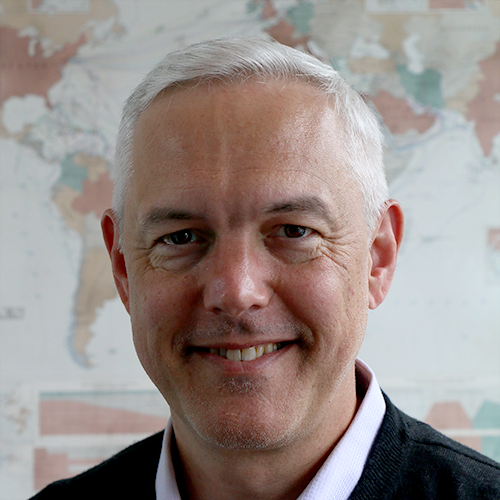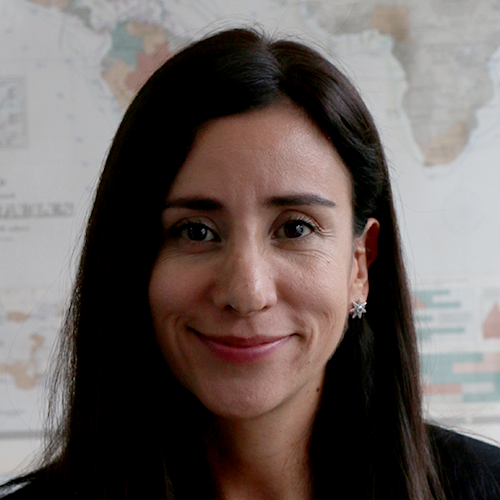Is it true that new cables are avoiding landing in the UK because of the Brexit vote? I was curious to see if there was any validity to this myth, so I took a closer look.
Our thirst for bandwidth must have a ceiling. It just must.
In our first-ever user-submitted myth, Chief Engineer of the Australia-Japan Cable Phil Murphy asked our experts a tough one. If it were possible to create the ultimate VR device that delivered a fully-immersive experience—catering to all possible sensory inputs—what would the bandwidth be and would our own senses create a cap?
In short: will sensory overload dictate an eventual bandwidth ceiling?
Have you heard that submarine cable fiber pairs will eventually become a standard unit of purchase? I have. And it prompted me to roll up my sleeves and do some fact-checking.
Are people going to be buying fiber pairs? Will carriers? Enterprises?
The submarine cable industry’s current practices will sustain our future capacity requirements. We definitely have enough capacity to take us well into the future. Right?
Have you heard the one about 70% of the world’s internet traffic flowing through northern Virginia? This factoid has been cited in The Washington Post and Business Insider, among other major publications and government websites.
This statistic always seemed a little unlikely to us, so we sought out a few different ways to test its validity.
My grandfather told stories about his days as a milkman in the 50s. To a kid growing up 30 years later, the concept seemed pretty weird. Why would someone drive to your house with your milk instead of you picking it up at the grocery store with the other food?
How many times have we heard that new undersea cables will bring consumers Internet speeds faster than a speeding bullet? (Like this or this or this.)
It has been reported that new cables promise speeds up to 10 million times faster than traditional home cable modems.
But here’s the kicker: there is no increased speed to be found in these submarine cable systems.
How Nextel Disappeared from Latin America
Mexican telecom giant America Movil (AM) recently struck an agreement to acquire 100 percent of Nextel Brazil from its co-owners, U.S.-based NII Holdings (70 percent) and AI Brazil Holdings (30 percent). They’ll pay $905 million for the business.
When the deal receives regulatory approval, Nextel will likely merge with AM’s existing Claro business. This will make use of Nextel’s substantial spectrum holdings in São Paulo and Rio de Janeiro.
Our regional maps have taken us to all corners of the globe. We've used them to explore telecommunications in the Middle East and track new cable projects in Africa.
Today, we're adding Latin America to that list. That's right—TeleGeography’s beautiful Latin America Telecommunications Map is finally here. It zeroes in on cable activity throughout South America, Central America, and the Caribbean.
You're Going to be Reading More About Managed SD-WAN
While independent SD-WAN vendors make their mark, traditional telecom service providers are rolling out their own managed SD-WAN offerings.
Yes, some have developed their own SD-WAN technology, but most carriers have partnered with an SD-WAN vendor to provide a managed SD-WAN option.






